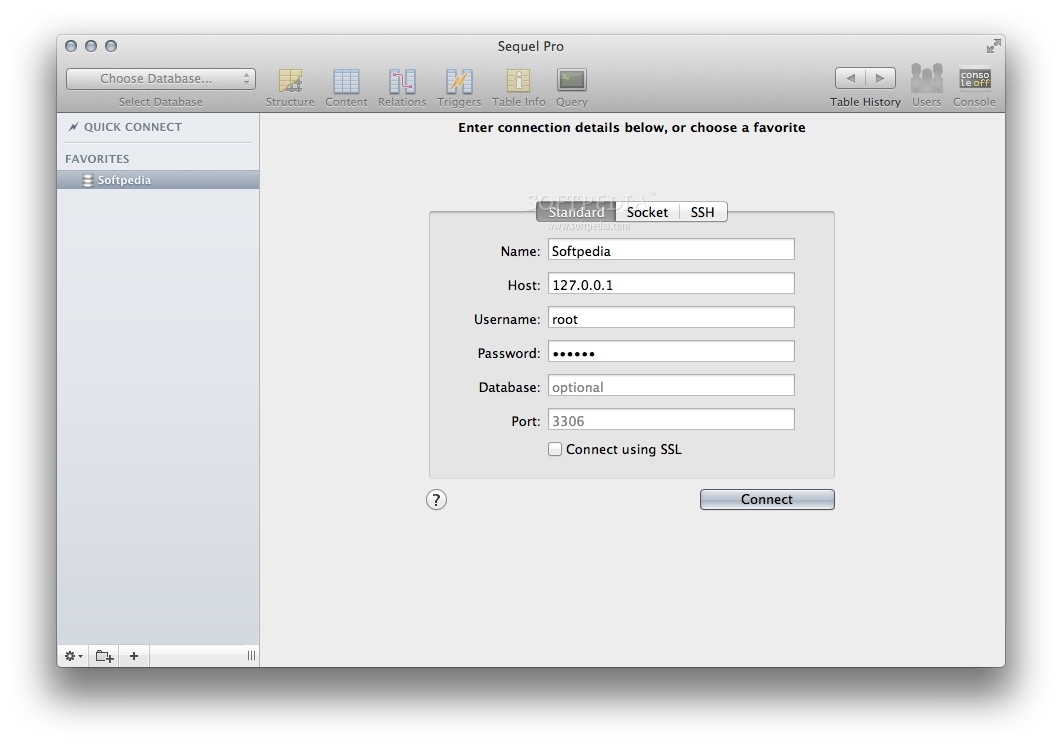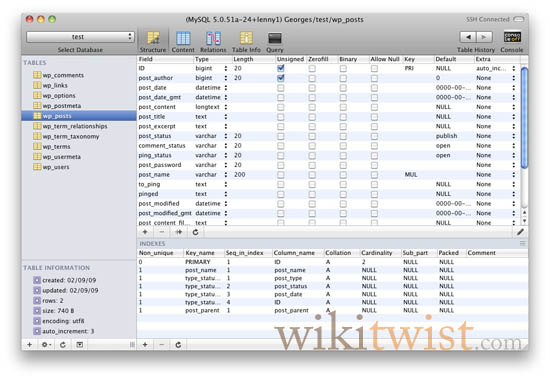

Percent-encoding a reserved character means converting the character to its corresponding byte value in ASCII and then representing that value as a pair of hexadecimal digits. When a character from the reserved set (a "reserved character") has special meaning (a "reserved purpose") in a particular context and a URI scheme says that it is necessary to use that character for some other purpose, then the character must be percent-encoded. Other characters in a URI must be percent encoded. RFC 3986 section 2.3 Unreserved Characters (January 2005) The sets of reserved and unreserved characters and the circumstances under which certain reserved characters have special meaning have changed slightly with each new revision of specifications that govern URIs and URI schemes. Using percent-encoding, reserved characters are represented using special character sequences. Unreserved characters have no such special meanings. For example, forward slash characters are used to separate different parts of a URL (or more generally, a URI). Reserved characters are characters that sometimes have special meaning. The characters allowed in a URI are either reserved or unreserved (or a percent character as part of a percent-encoding).
#Decode passwords in sequel pro software
From now on, you don't need to download any software for such simple tasks. Read our privacy policy below for more details. We do not keep or inspect the contents of the submitted data or uploaded files in any way. We delete uploaded files from our servers immediately after being processed and the resulting downloadable file is deleted right after the first download attempt or 15 minutes of inactivity (whichever is shorter). Currently this mode supports only the UTF-8 character set.Īll communications with our servers come through secure SSL encrypted connections (https). Live mode: When you turn on this option the entered data is decoded immediately with your browser's built-in JavaScript functions, without sending any information to our servers.This option is useful if you intend to decode multiple independent data entries that are separated by line breaks. Prior to decoding, all non-encoded whitespaces are stripped from the input to safeguard the input's integrity. Decode each line separately: The encoded data usually consists of continuous text, so even newline characters are converted into their percent-encoded forms.Note that this is irrelevant for files since no web-safe conversions need to be applied to them. This information is used to convert the decoded data to our website's character set so that all letters and symbols can be displayed properly. It is usually UTF-8, but can be many others if you are not sure then play with the available options or try the auto-detect option. Character set: In case of textual data, the encoding scheme does not contain the character set, so you have to specify which character set was used during the encoding process.As such it is also used in the preparation of data of the "application/x-www-form-urlencoded" media type, as is often employed in the submission of HTML form data in HTTP requests. Although it is known as URL encoding it is, in fact, used more generally within the main Uniform Resource Identifier (URI) set, which includes both Uniform Resource Locator (URL) and Uniform Resource Name (URN). URL encoding, also known as "percent-encoding", is a mechanism for encoding information in a Uniform Resource Identifier (URI). URL encode your data without hassles or decode it into a human-readable format. The product-preferences.xml file contains the dynamic key in the db.system.Meet URL Decode and Encode, a simple online tool that does exactly what it says: decodes from URL encoding as well as encodes into it quickly and easily. The key tied to the machine is stored into the file product-preferences.xml within the directory ~/.sqldeveloper/system4.1.5.21.78/o.sqldeveloper.12.2.0.21.78/ with, as usual, the numbering indicating the version of the SQL Developer.

This means I cannot simply copy and paste my connections.xml file to another machine and get it magically working!
#Decode passwords in sequel pro password
One important note is that modern SQL Developer versions use a so called v4 password masking alghoritm, that is based on a dynamic value tied to the machine the program is running on.


I don’t know the exact details about the alghoritm that cyphers the passwords, and quite frankly I’m not that interested. In particular, all the XML file is made by tags of type with different types ( addrType)) and an inner tag that provides the content (in this case the cyphered password).


 0 kommentar(er)
0 kommentar(er)
